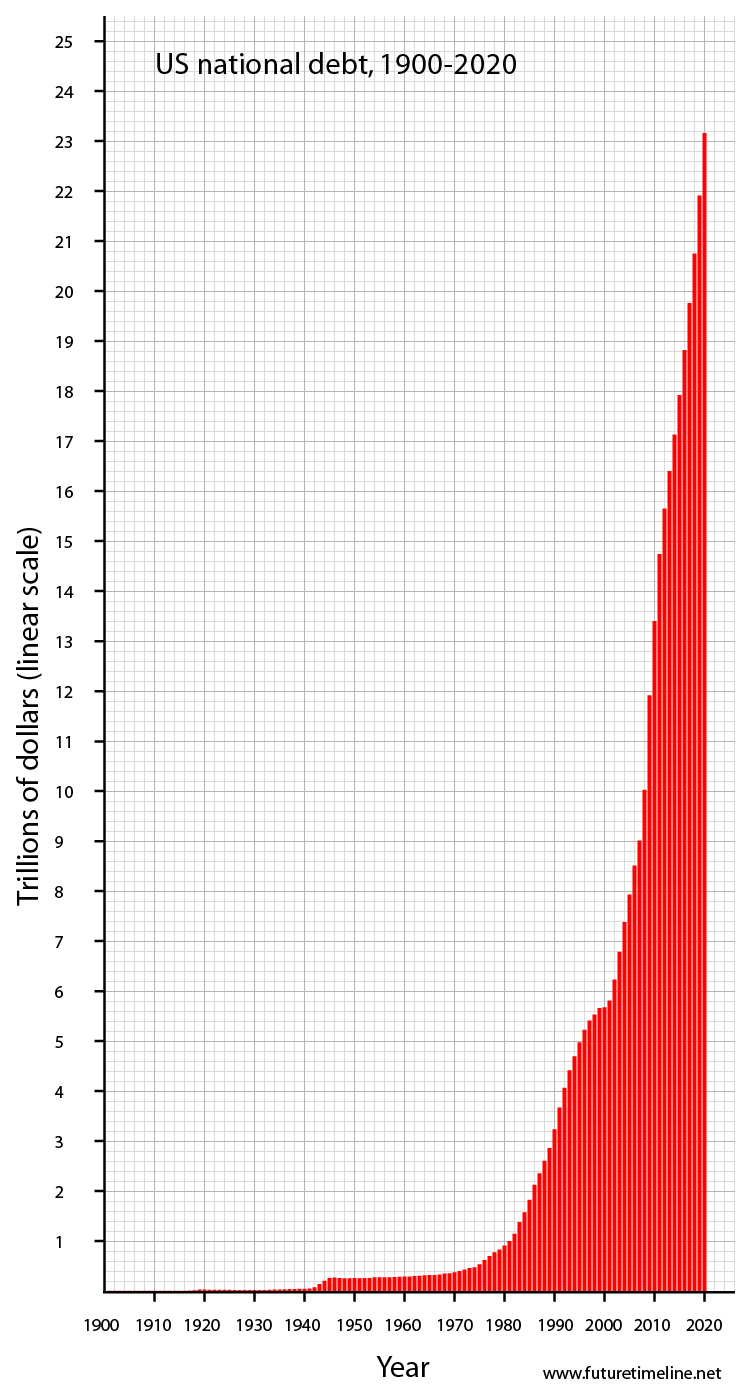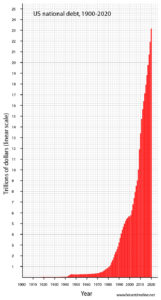
- On July 30, 2014 Rep. Mike Coffman of Colorado asked for and was granted permission to address the United States House of Representatives for one minute regarding the following about our nation’s unconscionable debt:”Mr. Speaker, on January 20, 2009, the day President Obama took office, the national debt was $10,626,877,048,913.08. Today, it is $17,613,035,203,018.10. We’ve added $6,986,158,154,105.02 to our debt in 5 years. This is over $6.9 trillion in debt our nation, our economy, and our children could have avoided with a balanced budget amendment.”
Source: Congressional Record http://thomas.loc.gov/
See website: US National Debt clock – real time http://www.usdebtclock.org/
Rep. Coffman is the only veteran in the Colorado delegation and the only Member of Congress to have served in both the first Gulf War and in the Iraq War. Congressman Coffman represents the 6th Congressional District of Colorado and serves on the Armed Services Committee, the Veteran’s Affairs Committee where he is the Chairman for the Subcommittee on Oversight and Investigations, and on the House Committee on Small Business.
See video: Controversial commercial on the US National Debt deemed to offensive by national media outlets http://www.youtube.com/watch?v=TYKAbRK_wKA
See video; Visual perspective on what $17 trillion dollar debt looks like! http://www.youtube.com/watch?v=WFP-2_iDYMU
Note:
The national debt of the United States is the amount owed by the federal government of the United States. The measure of the public debt is the value of the outstanding Treasury securities that have been issued by the Treasury and other federal government agencies.[which?] Gross public debt consists of two components:
1) Debt held by the public, such as Treasury securities held by investors outside the federal government, including those held by individuals, corporations, the Federal Reserve System and foreign, state and local governments.
2) Debt held by government accounts or intragovernmental debt, such as non-marketable Treasury securities held in accounts administered by the federal government that are owed to program beneficiaries, such as the Social Security Trust Fund. Debt held by government accounts represents the cumulative surpluses, including interest earnings, of these accounts that have been invested in Treasury securities.
In general, debt held by the public increases as a result of government spending and decreases as a result of government tax or other receipts, which fluctuate in the course of the fiscal year, and in practice Treasury securities are not issued or redeemed on a day-by-day basis. (Treasury securities may also be issued or redeemed as part of government macroeconomic management.) The aggregate, gross amount that Treasury can borrow is limited by the United States debt ceiling.
On June 30, 2014, debt held by the public was approximately $12.6 trillion or about 74% of Q1 2014 GDP.
Intragovernmental holdings stood at $5.1 trillion (30%), giving a combined total public debt of $17.6 trillion or about 104% of Q1 2014 GDP (source: http://www.treasurydirect.gov/NP/debt/current).
As of January 2013, $5 trillion or approximately 47% of the debt held by the public was owned by foreign investors, the largest of which were the People’s Republic of China and Japan at just over $1.1 trillion each (source: http://www.treasury.gov/ticdata/Publish/mfh.txt).

